Have you ever entered a room and felt everyone was talking about you? That’s what your social media strategy can feel like without social listening.
The reality is people are talking about your brand and your industry — whether you’re in the (digital) room or not. They’re swapping product recommendations via Instagram Stories or sharing feedback using TikTok comments.
Paying attention to your direct mentions and tags is great — necessary, even — but it’s not enough if you want to hear more unfiltered thoughts directly from your audience. That’s where social listening comes in.
In this guide, I’ll break down what social listening is, how it differs from social monitoring, and how you can develop your own social listening strategy.
Jump to a section:
What is social media listening?
Social media listening is analyzing conversations about your brand across different platforms and using those insights to inform your strategy.
For example, let’s say you're a skincare brand and notice someone on X (formerly Twitter) posting about acne issues. You can hop in and recommend your products and how you can help. This is social media listening in action. It goes beyond responding to comments and staying on top of direct mentions — we’ll cover that in the next section.
Social media monitoring vs. social media listening: Here’s the difference
Online, people often use the terms "social media monitoring" and "social media listening" interchangeably, but there’s a difference between the two.
“Monitoring tells you what people are saying to you. Listening reveals what they’re saying about you,” says social media consultant, Annie-Mai Hodge.
“Social media monitoring is the baseline: keeping track of direct mentions, tags, and messages so you can respond quickly. It’s important for customer care, but it only shows you what people say to you. Social listening is the bigger picture: analysing the full spectrum of conversations around your brand, your industry, and even cultural trends your audience cares about. It tells you not just what is being said, but why.”
Here’s a more accurate visual with examples that explains the difference between social monitoring and social listening:
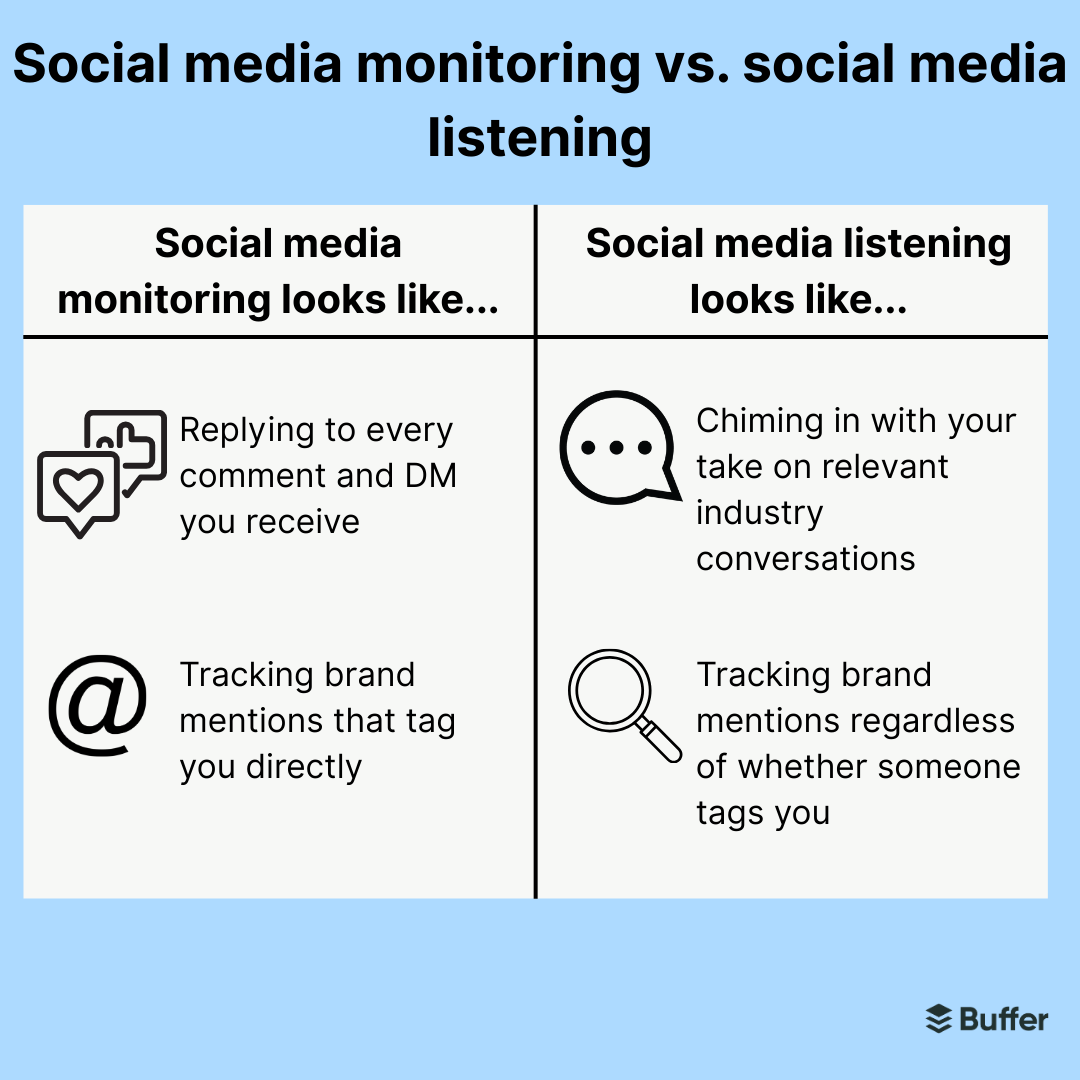
Ultimately, social monitoring and social listening work hand-in-hand to form an effective strategy.
- Without social media monitoring, you aren’t responding to comments/mentions from your target audience and deepening the connection that leads to a solid online community
- Without social media listening, you aren’t finding out what your community needs proactively and addressing it via your social content or products
Your priority should be social monitoring. It’s essential to engage with the community you’ve already built first — respond to comments, direct messages (DMs), and posts that mention you. Once you’re comfortably doing that, add social media listening in the mix. You’ll find many social listening tools help you practice both monitoring and listening tasks seamlessly — more on that later.
The top 5 benefits of social listening
Maybe you’re wondering whether social listening is a must-have in your social media strategy. Wouldn’t monitoring alone suffice? Here are five benefits of social listening that prove why it’s essential:
1. Social listening can help you gain deeper insights about your audience
Think of social listening like tuning into a radio station where your audience is freely talking about your industry, products, and competitors. Through social listening, you can understand your audience’s struggles, how your product fits into their lives, and how to tweak your strategy to meet their needs.
“So many social conversations happen without brand mentions, which means if you’re only watching your @notifications, you’re missing the majority of valuable feedback and insight,” says Annie-Mai.
“That’s where social listening becomes more than monitoring because it’s about spotting early patterns in what customers are saying, identifying rising pain points or opportunities, and feeding that back into strategy.”
An excellent social listening example is the comics Johnny Wu creates at Vimcal — it’s a social media series about stories his audience shares with him anonymously. Because the content comes directly from his listening efforts (and he pairs it with eye-catching visuals), it feels authentic, fun, and engaging.
With social listening, your progress will accelerate because your content and business will be rooted in actionable insights from your target audience.
2. Social listening can protect your brand reputation
Social listening plays a crucial role in maintaining brand reputation because customers are talking about your brand even if they don’t tag you explicitly. By skipping social listening, you miss out on customer feedback — whether that’s a complaint or positive feedback. You also miss the opportunity to provide a great customer experience.
When you have a social listening strategy, you’re also better prepared for crisis management. If you notice a negative conversation about your brand, you can jump right in and avert the crisis before it does too much damage.
Investing in social listening also indirectly helps increase customer advocacy — it gives your team a chance to provide support to your customers, even if your social media account isn’t tagged.
3. Social listening can help you identify emerging trends
When you’ve tuned in to relevant conversations via social listening, you’ll be able to see two steps ahead. You’ll start to notice patterns, trends, and customer sentiment on a topic before everyone catches up. Think of it like a first-mover advantage.
For example, Sprite saw a jump in people using tea bags with their Sprite drink on social media platforms (specifically FoodTok). So, they launched a new product — Sprite + Tea — to meet consumer demand.
“This was an organic, consumer-first insight,” says Kate Schaufelberger, Sprite’s North America brand director. “It just felt like a really ripe opportunity to listen to that consumer innovation idea as a foundation and jumping-off point.”
You can’t identify industry trends if you monitor conversations just within your social media account. You need to stretch the boundaries and hunt for relevant social media conversations beyond your own bubble.
4. Social listening can inform product development
By conducting social listening regularly, you’re “in the know” of many social media conversations that pertain directly to your industry or product. This can help you create new products or improve existing ones, depending on consumer behavior.
For example, Cassey Ho, founder of Popflex Active, frequently shares stories on her social media posts about how she has improved her products based on sentiment analysis.
My personal favorite story was when a customer highlighted that one of her tops can also be reversible — a discovery that was a surprise for Cassey herself. It changed how she marketed the product on her website and socials. Social listening magic, right here.
Using social listening to launch new products or improve existing ones isn’t definitely step one. But when your social listening strategy has been in the works for a while, you can definitely expect a more direct impact on your business.
5. Social listening can help you find your edge against competitors
Social listening also includes competitive analysis, aka understanding how your target audience perceives your rivals. Doing this can help you take advantage of your strengths — you can adjust your marketing campaigns and launch new features your buyers need.
“When we noticed recurring Reddit threads about creators being frustrated with our competitor’s pricing, we built targeted campaigns around our migration tools and highlighted those in creator outreach,” says Tyler Denk, CEO of Beehiiv.
“Similarly, when people on X were asking how to get more subscribers without paying for ads, we doubled down on showcasing our Boosts product, which lets creators cross-promote and pay only for verified signups. These insights directly shape what features we promote, what guides we publish, and even how we adjust our onboarding flows.”
Tyler’s example is proof of how you can adjust your marketing messages using social listening — especially when your competitor drops a news that you can turn in your favor. We practiced this at Buffer ourselves when we leaned in on highlighting our free plan in our social media posts, right when our competitor shut down theirs. 😉

The benefits above have shown you how powerful social listening can be. But it’s one thing to talk and another thing to do.
How to form your social listening strategy in 4 steps
An effective social listening strategy isn’t as complicated as you think. Instead of intensity, it’s rooted in consistency. You don’t need to spend hours crawling through different social media platforms to gain insights. All you need to do is work smart and use social media listening tools (if possible) to speed up the process.
1. Set concrete goals
Social listening can help you do a lot of things, as we discussed in the benefits section. But what is your priority? What is the number one thing you want to achieve via your social listening efforts?
Getting clear on your goals is important because it will dictate how you practice social listening and which conversations you monitor.
- Want to understand brand health? Prioritize tracking consumer conversations with brand mentions to gain real insights into the public opinion about your brand.
- Want to improve your marketing campaigns? Focus on monitoring relevant keywords your target audience uses across different social media channels. These keywords will help you gather relevant industry insights and improve marketing performance.
- Want to stand out against competitors? Search for online conversations about your product’s top alternatives. Understand what consumers like and dislike about other brands. Inform your brand strategy on how you’re different and/or better.
When you have clear goals attached to your strategy, you’ll also be able to report better on your social listening success. And once you’ve set goals, it’ll also make the next step easier and quicker.
2. Decide the topics and keywords you will monitor
All social media channels have search capabilities that can help you monitor relevant conversations and convert them to actionable insights. But it’s better to focus on a few, targeted keywords that match your goals to make the most of your time.
If you haven’t monitored the comment section on your social media posts in a while, start there.
“The easiest way to build social listening skills is to go beyond your own notifications. Start tracking keywords in your niche, notice the questions or frustrations people raise in comment sections, and pay attention to the language your audience actually uses,” says Annie-Maie.
“Over time, you’ll see patterns, and those insights can shape your content themes, your tone, and even the partnerships or products you prioritise.”
With Buffer’s Community feature, you can stay on top of comments — filter for unanswered ones to see the ones you haven’t read yet. And then click on “Insight” to power your comment section with AI — just ask Buffer’s AI assistant the top insights from your comments about consumer preferences and it’ll give you a nifty summary. (screenshot)
Investing in a social media management tool like Buffer is also beneficial for your customer advocacy team. They can easily filter for comments that are unanswered and reply to the ones that relate directly to a product.
Take this example from Vimcal — a customer brought up a feature request that already existed. By staying on top of mentions, the brand was able to respond quickly and offer a better customer experience.
Love the time travel feature in @vimcal.
— Cara (Borenstein) Marin (@cara_jacqueline) October 6, 2023
Minor feature request -- wish I could do CMD-K --> CDT instead of CMD-K --> Time travel --> CDT
Once you’ve set up the proper system to respond to comments and DMs, move to a more proactive approach and shortlist the keywords/topics you’ll monitor on various social channels. These will be directly related to the goals you set in step one. For example:
- If you have set a goal to boost positive brand image, shortlist keywords directly related to your brand name. Identify posts with negative sentiment and gather meaningful insights into how people discuss your brand online. For example, using the interaction in the following post, Beehiiv can analyze how it's perceived in the market (newsletter platform) compared to a competitor (community engagement). Beehiiv isn’t tagged in these posts, but if you search for the brand keyword, it will show up!
I'm using beehiiv but Substack seems to have more options when it comes to actually creating your blog page + it's more of a community engagement writing platform than a newsletter platform.
— Ognjen Gatalo (@ognjengatalo) July 16, 2025
So I'd say
Beehiiv = newsletters only, but build your own landing since options are…
- If you aim to improve marketing performance through social listening, create a list of relevant keywords that your potential customers frequently use. This will help you partake in social conversations where you can naturally pitch your products. An example directly out of our own repository:
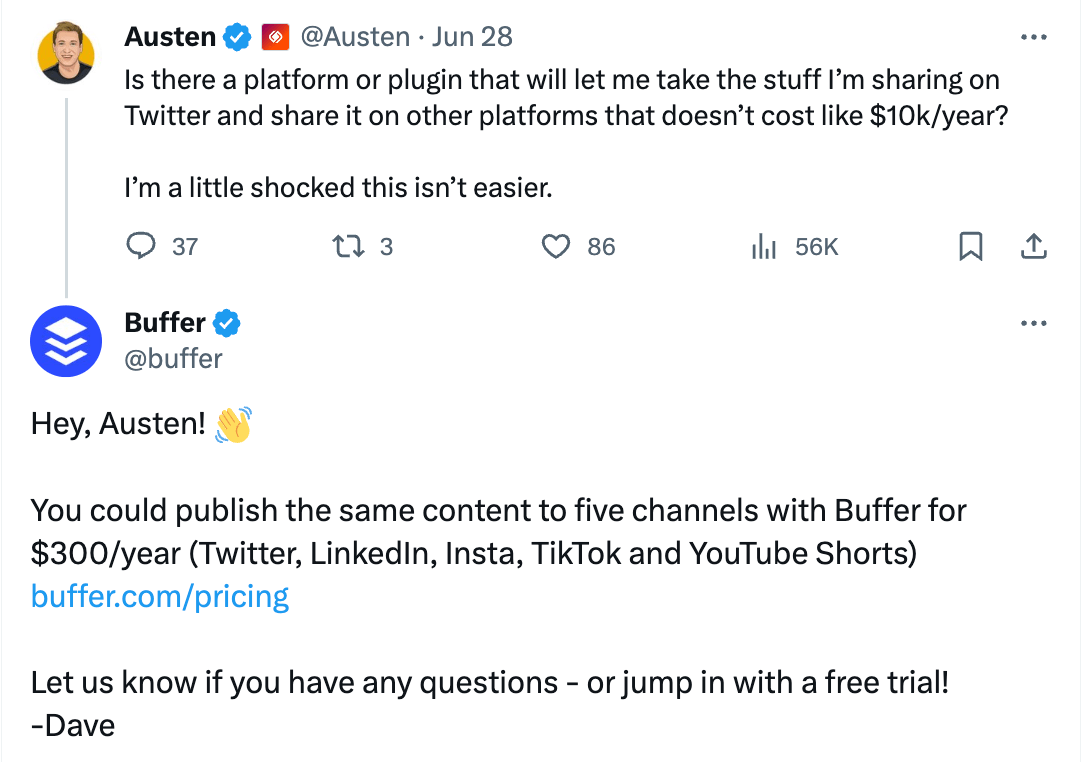
- If you want to position yourself as a better alternative to competitors, include keywords related to their brand, too. You can spot negative sentiment of their products or company and swoop in when the time is right. Or you can use these relevant insights to inform your marketing strategy. The finance app You Need A Budget (YNAB) made the most of their competitor, Mint, shutting down using their social listening strategy.
Remember to keep updating your social listening keywords library. Update it as time passes and your potential customers’ preferences change.
3. Choose the right social listening tools
All major social platforms have search engines. But sifting through hundreds and thousands of posts to find a smidge of useful info can be back-breaking work — especially on top of all other social media tasks you’ve got on your plate already.
This is why it’s worth investing in the right social listening tools that can help you speed up online conversation tracking and gather valuable insights without shaving hours off the clock.
Here’s a list of my five favorite social listening tools — with options for free tools, too.
- Exploding Topics is a free social listening tool to identify trends. You can jump in on online conversations before they go viral and use them to inform your overall strategy.
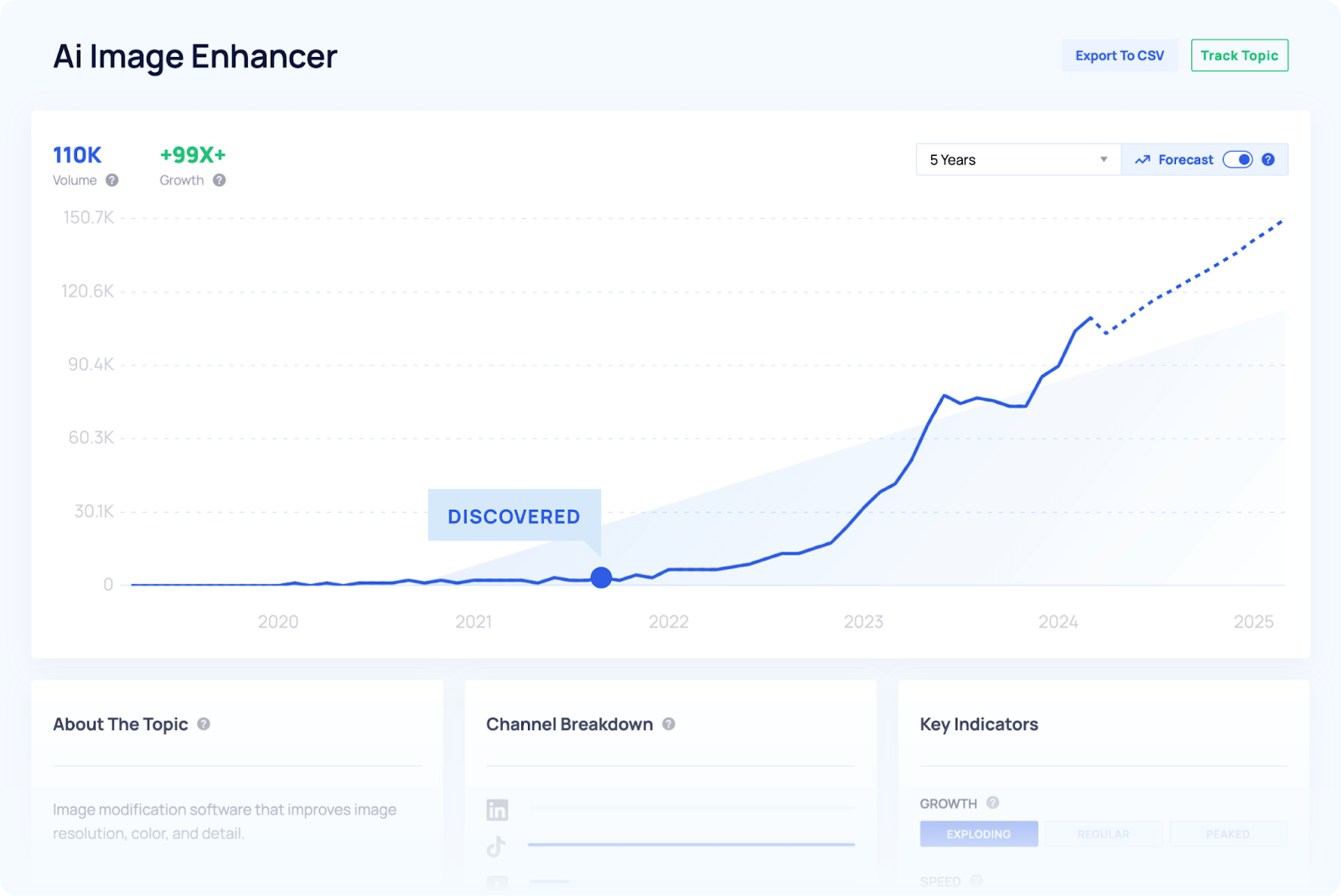
- AnswerThePublic is another great free social listening tool (only free for three searches a day, though). It has specific options to choose between various social networks and see what your audience is asking online. It’s great for finding your audience’s pain points.
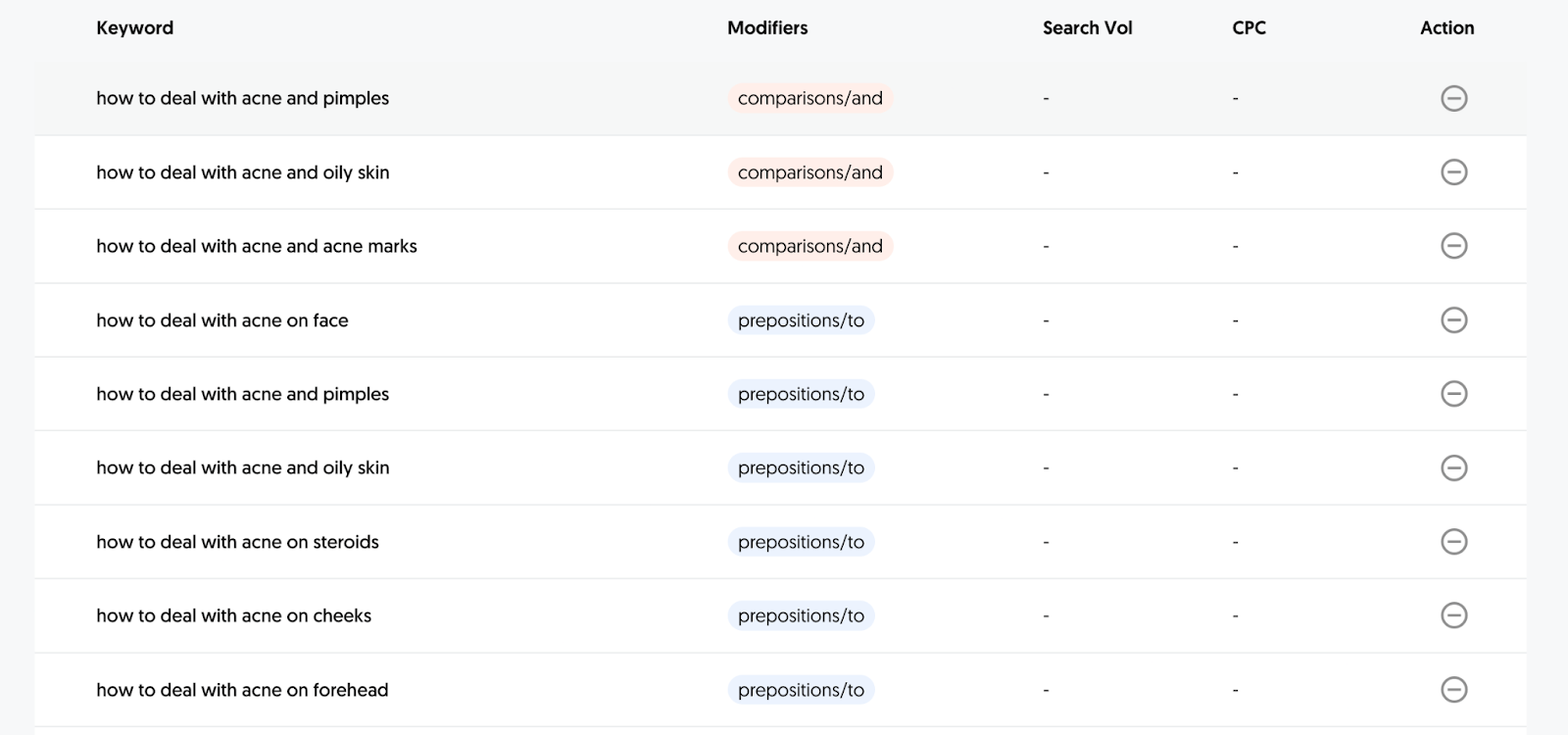
- Brand24 is the social listening tool to choose when you want a comprehensive platform that provides insights from not just the social media world, but also blogs, forums, and podcasts. It’s a great tool, but its price tag can be a barrier. It’s worth investing in when you’re using social listening for extensive tasks — such as market research — so the ROI can be worthwhile.
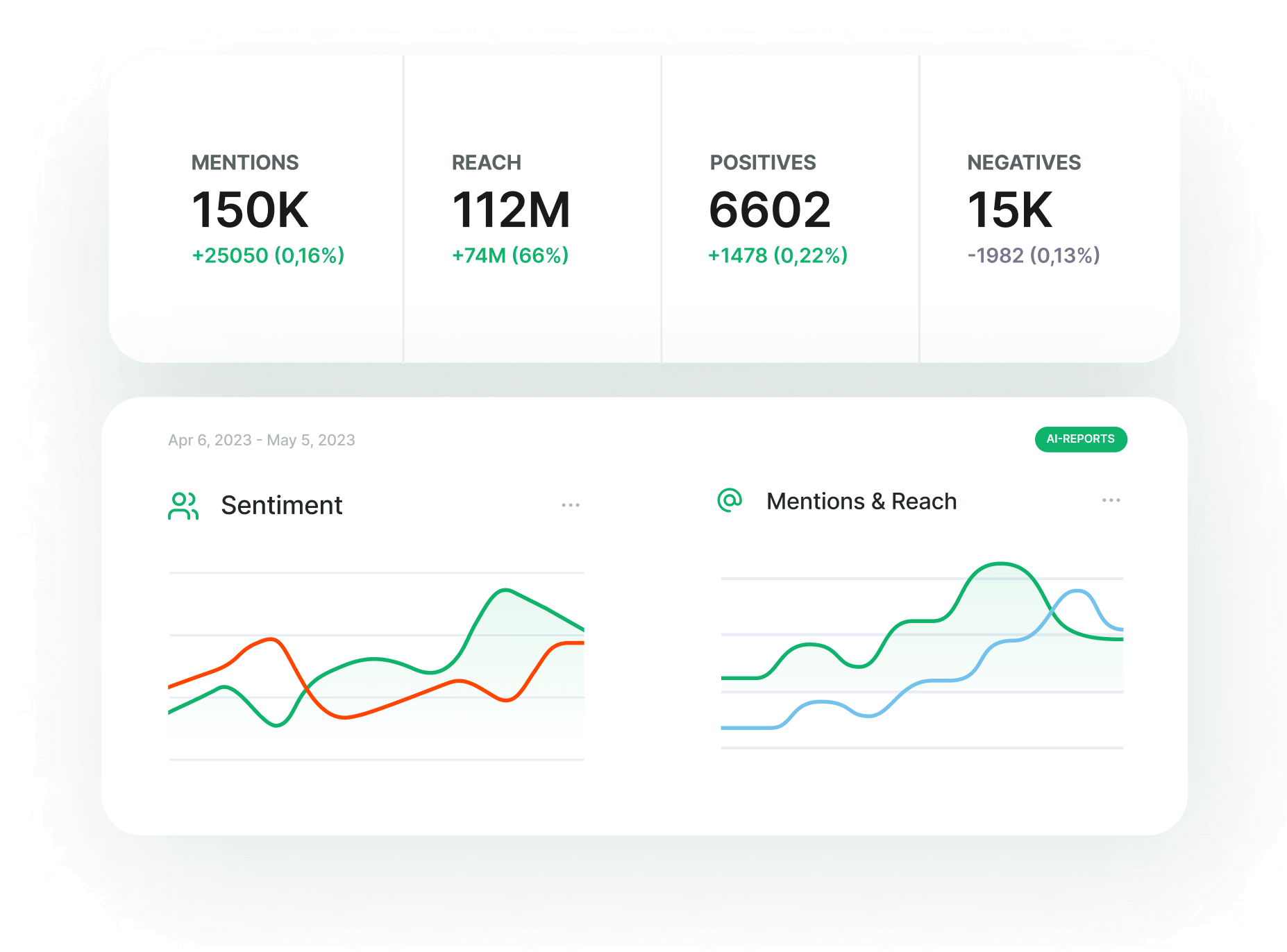
- YouScan has a special place in my heart for its image monitoring capabilities. You can spot your brand logo in the wild and never miss a mention of your product. It’s also great for catching dupes. Like Brand24, YouScan’s primary fault is its price. Invest in it only if you find yourself missing lots of relevant mentions just because your logo was there, but you weren’t.
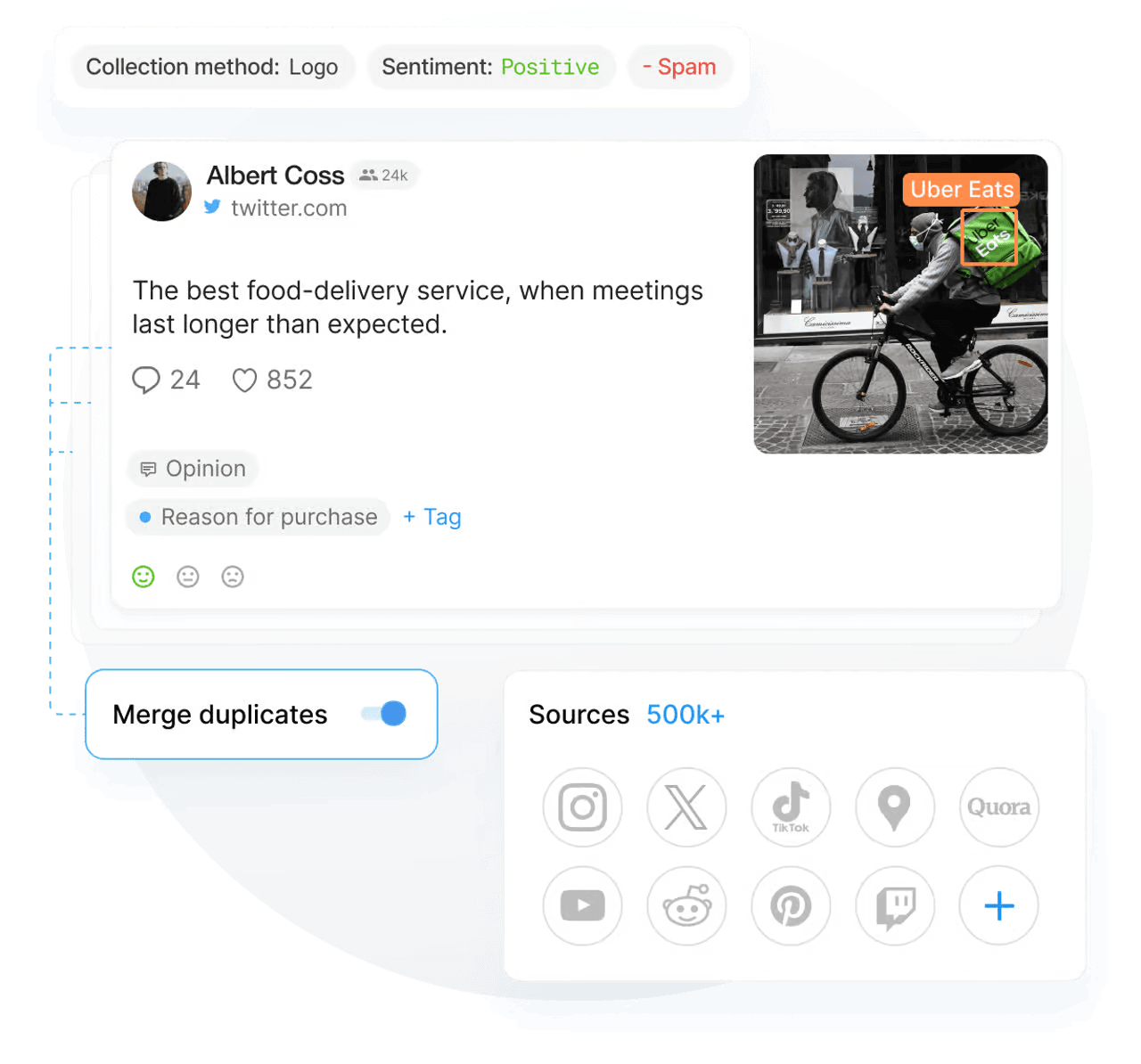
- Mention is a pretty great alternative to Brand24 if you’re on a budget. It’s a power-packed social listening platform that can help you spot brand mentions even if you aren’t tagged and filter them by neutral, negative, or positive sentiment.
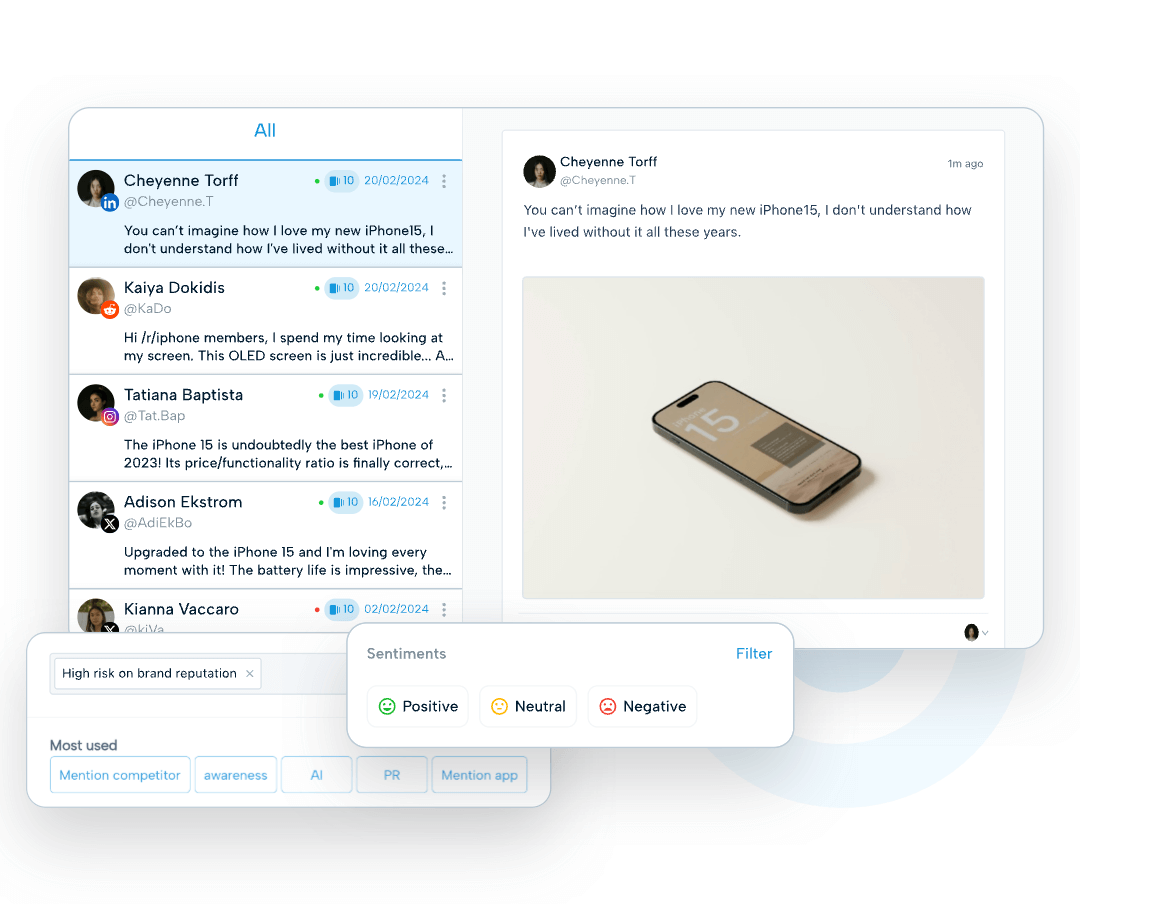
Remember many social media monitoring tools also offer plenty of features to practice social listening. If you’re just beginning to implement social listening in your strategy, monitoring tools might be more than enough. As you start to see more results from your social listening strategy, you can move to dedicated social listening software.
4. Analyze the social listening data and use it to refine your strategy
Social listening platforms can help you spot negative sentiment, valuable insights, and industry trends. But actively listening also means converting this data into meaningful material that you can actually use in your strategy and business.
The first step is analyzing the data. Many social listening tools will do this task for you — they’ll highlight the posts mentioning any negative feedback, provide a brand reputation score, etc. But supplement this with manual analysis because software alone can’t grasp all the intricacies.
For example, when a tool collates all posts related to a keyword you targeted, go through the content and identify patterns. Are posts with a common theme gaining more traction than others? Are there repeated complaints about a feature? Are people suddenly talking about a new trending topic? This extra layer of human insight converts your analysis from raw data into meaningful findings.
Once you’ve analyzed the data and discovered insightful patterns, the next step is to identify actionable takeaways that you can implement. For example:
- If you notice a lot of buzz around a competitor launching a much-needed feature, pass it along to the relevant team (product or sales) to determine if you need any adjustments in your product roadmap or sales strategy.
- If you catch a sudden spike on a topic in your industry, check if you can hop on the emerging trend and use it to boost your reach on social media.
- If you find any recurring complaints from your target audience, see how you can address them as a business — can you add a new feature? Or do you need to market your existing products better?
The last thing you want to do is to let your invaluable social listening insights collect dust. You want to use them to make impactful, data-driven decisions.
A great example here is the haircare brand Fix My Curls. They received a lot of customer feedback about their unattractive packaging, so they took it to heart and brushed up their product design.
“Sometimes, social listening might help in highlighting product issues that need to be addressed quickly. And other times, it could surface the language customers are naturally using so you can reflect that in campaigns,” says Annie-Mai.
“The end goal is always the same: to turn passive conversations into active intelligence that shapes content, community management, and even wider brand decisions.”
Listening starts at home
Social listening data is invaluable, no doubt about it. But you’ll be surprised at how much you can unearth just by digging deeper into your own social media analytics and paying attention to your comments and DMs. If you’re behind on engaging with your followers, that’s where you should begin.
And if you’re struggling to stay on top of conversations already happening in your social media accounts, I hear you. Use tools like Buffer to help you schedule posts, analyze your performance, and engage with your audience. Let it automate the manual but necessary evil tasks so you can focus on what makes the most difference: listening to your audience.
The best part is you can give Buffer a whirl at no risk. Start with the free plan today.
Try Buffer for free
190,000+ creators, small businesses, and marketers use Buffer to grow their audiences every month.




